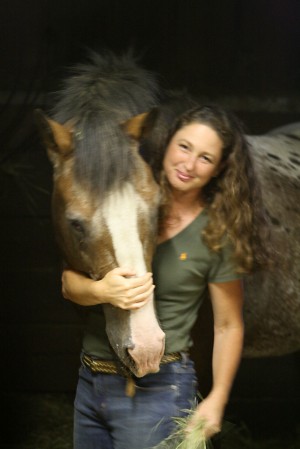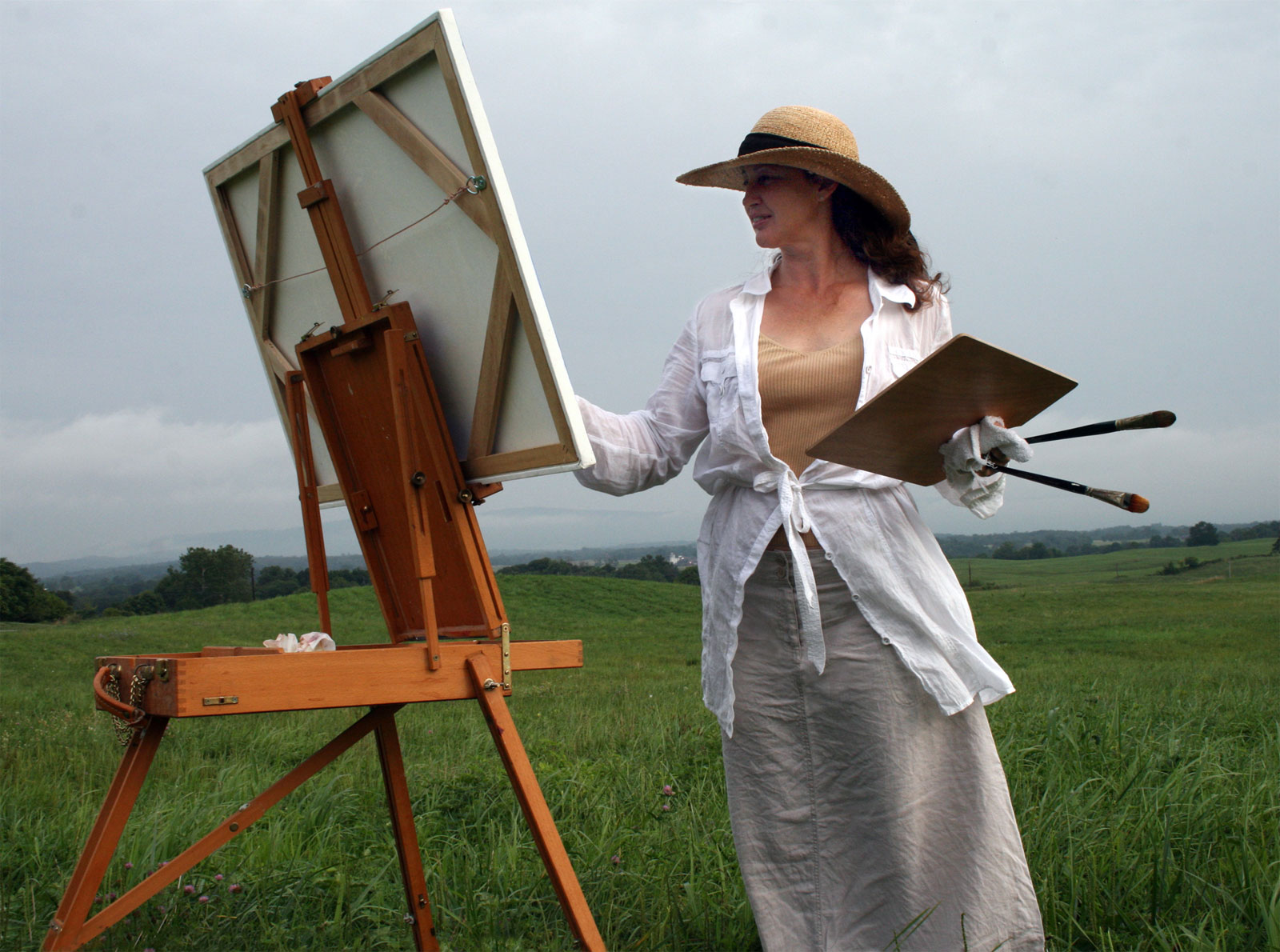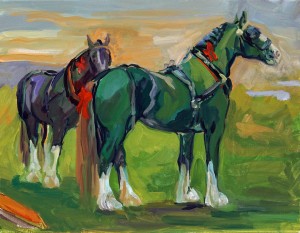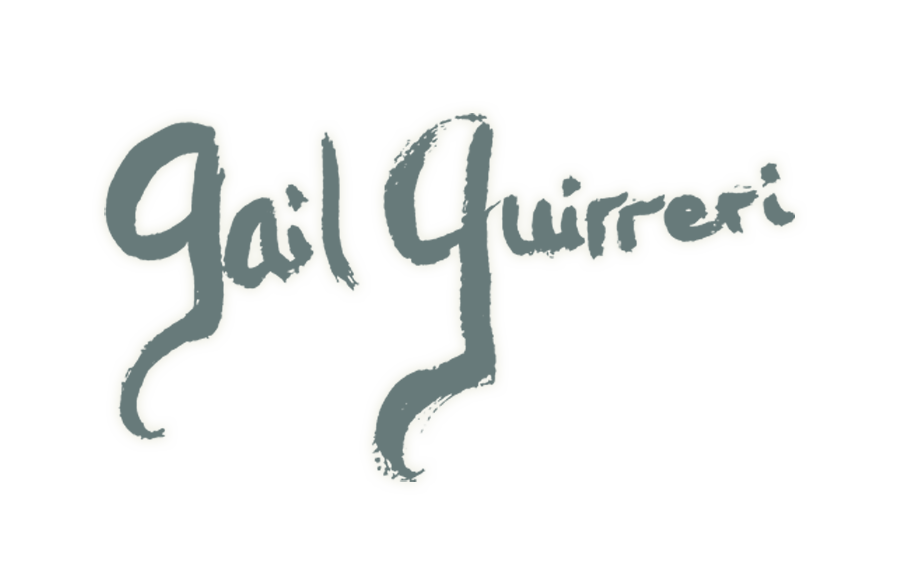Gail Guirreri-Maslyk Artist Process

"Academic painting is taught with a specific set of colors. If you mix the too many colors together, a very certain result is grey mud. Learning to paint in oil is hard enough without loosing control of color. As I lost control of more canvases than I mastered those first few years, I revised my color choices to a limited palette. Originally my decision was to understand and memorize what colors worked together well when mixed to achieve a certain brilliant color. By accident I found that all oil paints were either opaque, semi-transparent or transparent. Few artists realize how important this is. A painting can be started with just transparent colors making that first stage much easier with more freedom of expression."
"Color straight out of the tube is like candy to my eye. But too much color is overwhelming and each color looses it's importance. I start a canvas with a mood in mind usually related to the season. Next I choose my desired glow color based upon composition. From there all the other colors are built to support this highlight color. Carefully choosing 3 or 4 transparent colors to begin with, adding white (opaque) and maybe one or two more opaque colors near completion allows more than enough range of color along with unity. As I work, I will have one blue or green brush, one red or yellow brush, a white brush and a drawing brush. I paint to a strong pace with music and rarely clean the brushes while I work. Paint mixes without much thought and strokes react to the beat. Sharon Yates commented to me in a workshop that I paint by the seat of my pants and walked away. I suppose, I think of how one learns to ride a horse really well. You can't stop and contemplate every single move. You learn then you do, and repeat."
"After years of painting an artist must continue to seek the source of art inspiration. My inspiration is not only derived from my subjects but also the application of paint. Matisse, Cezanne, Van Gogh, Picasso all evolved into a more definite simple application later in life. In my latest works I have chosen to find a way to produce my drawings as finished works. Many artists will tell you they love their drawing stage. At that point the canvas is fresh, clean and unhindered. In order to master this look as complete I have to start a canvas with a different process. Going back to opaque in the first stage is a complete 180. This challenge will likely come full circle somehow joining previous approach to the new approach. The unknown drives me to my studio excited to find the asnwers. When I sell an important work, people say 'You can just do another'. My application is so intuitive that this is never possible. My canvases are truly a moment in time. I paint for the sake of painting and my own search for clean brilliant color, line and composition."
Related Links
Allowed: 64M/67108864KB.
Current: 22011KB. Peak: 22081KB.






